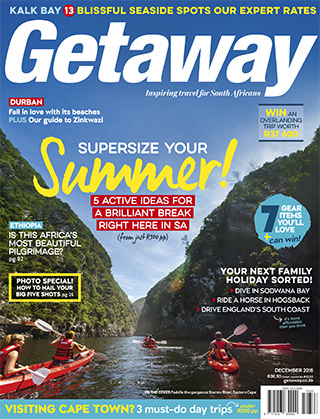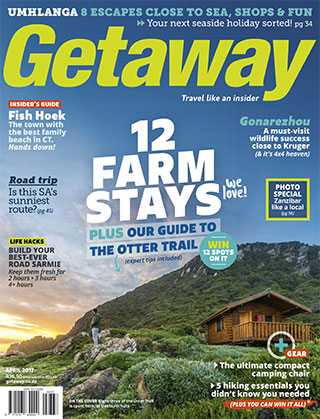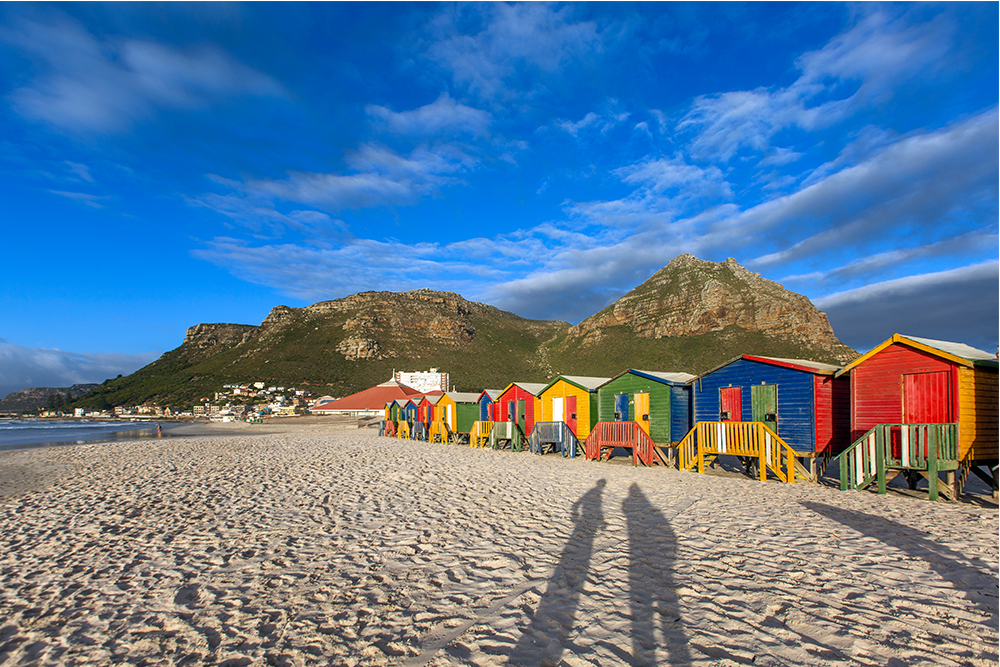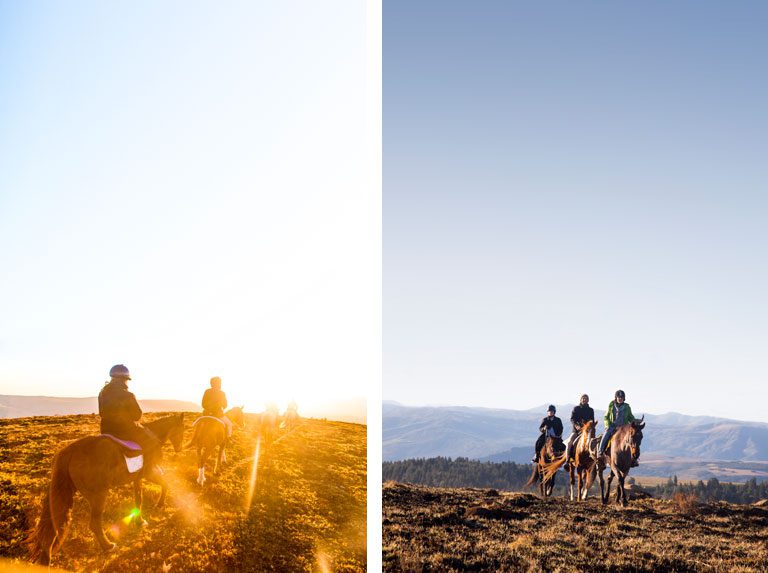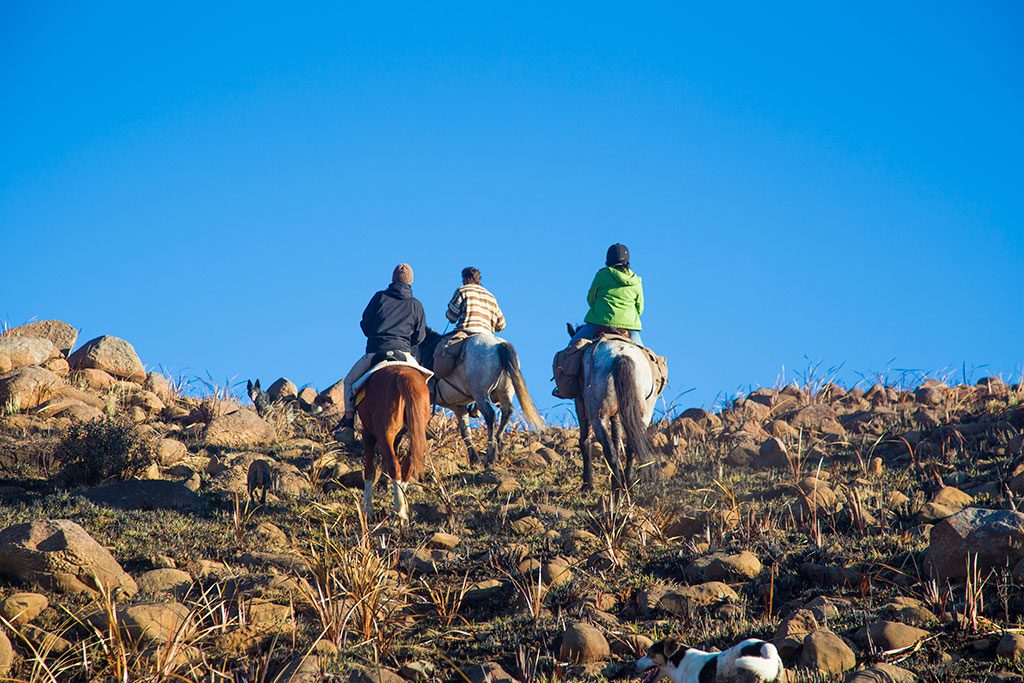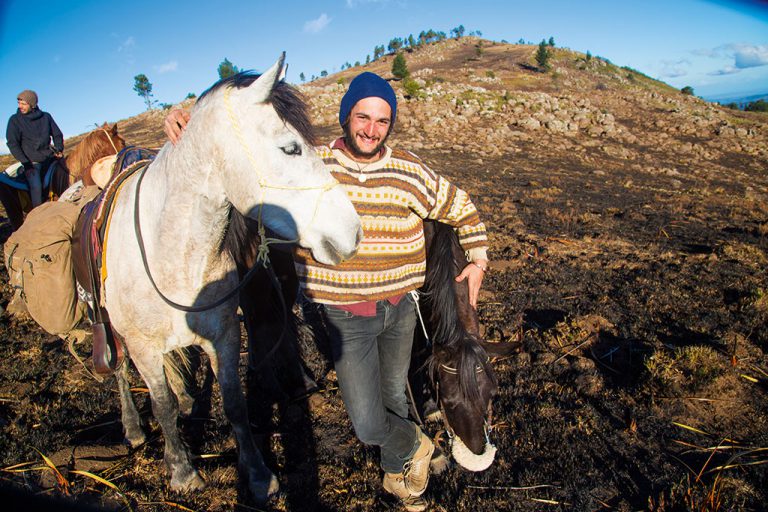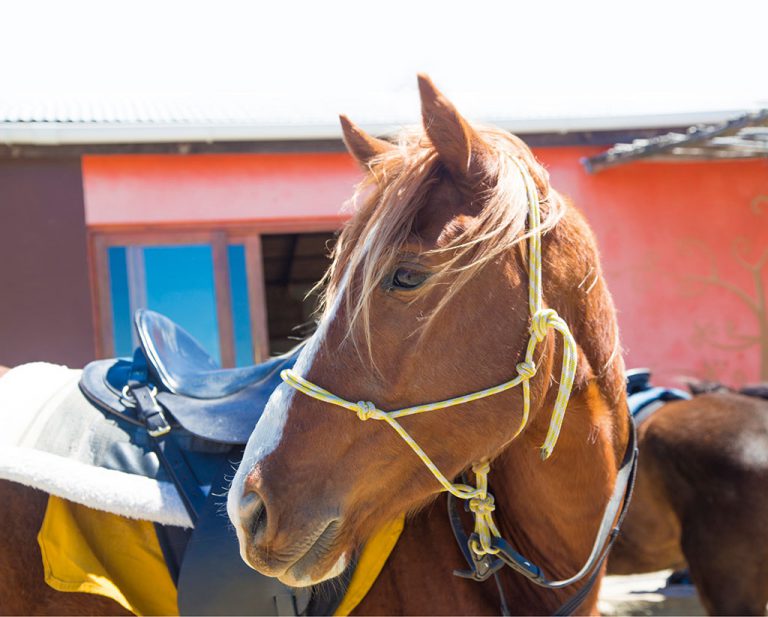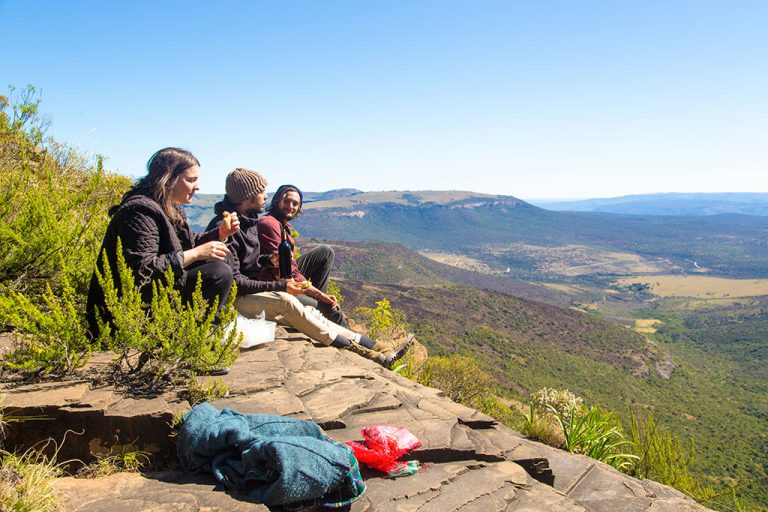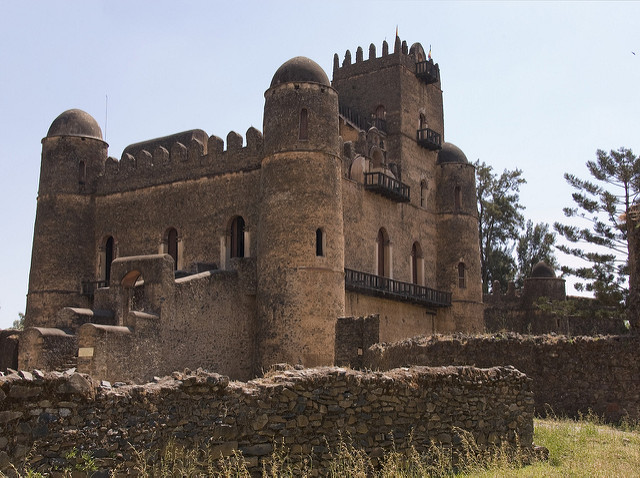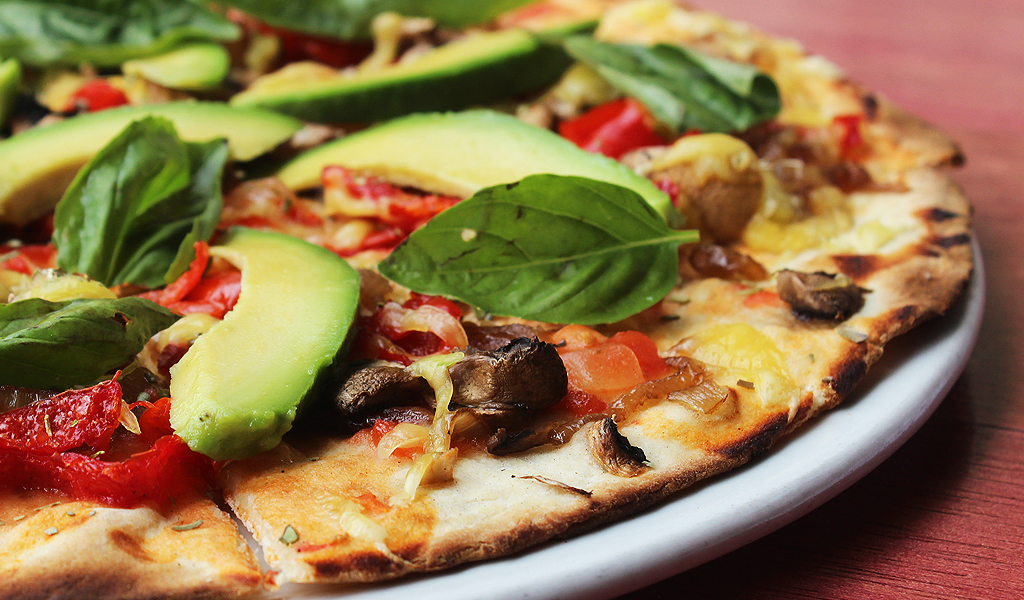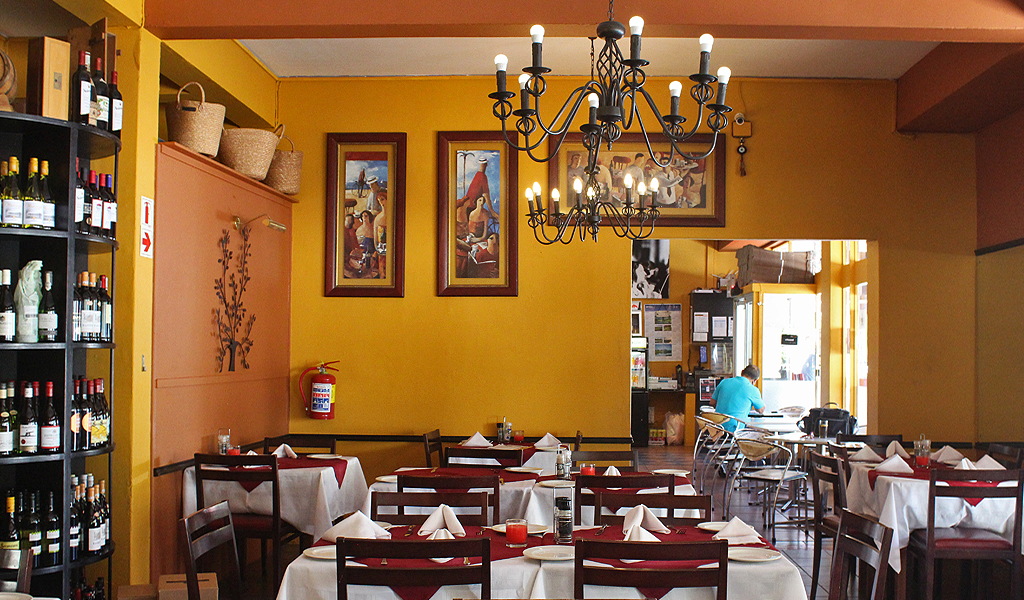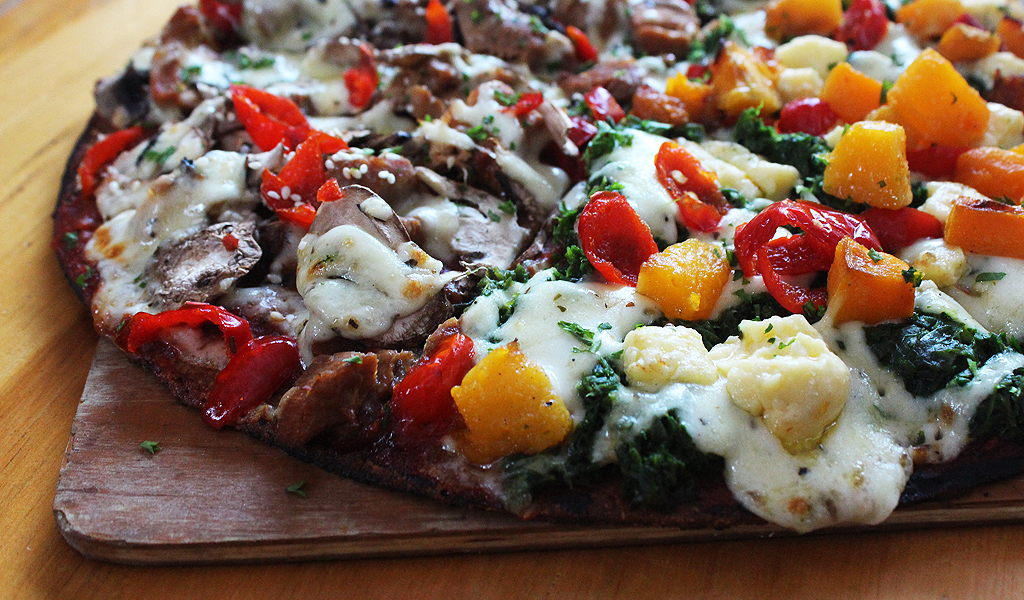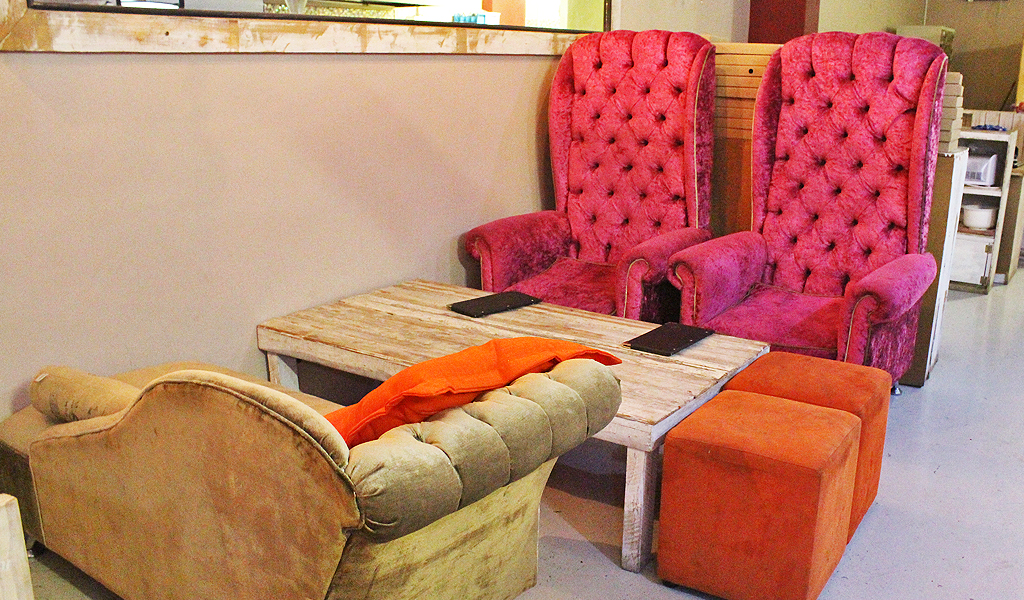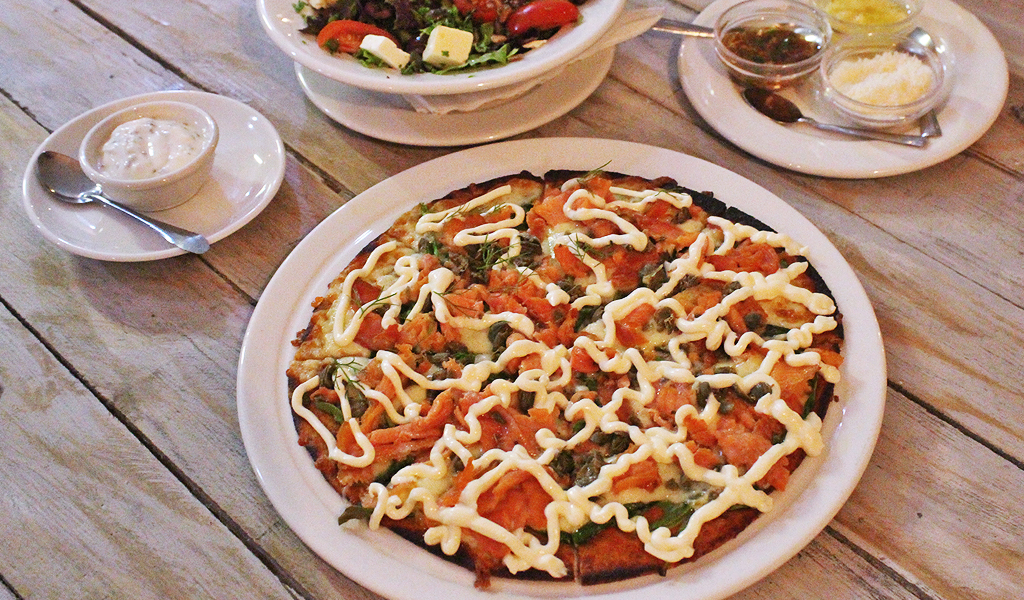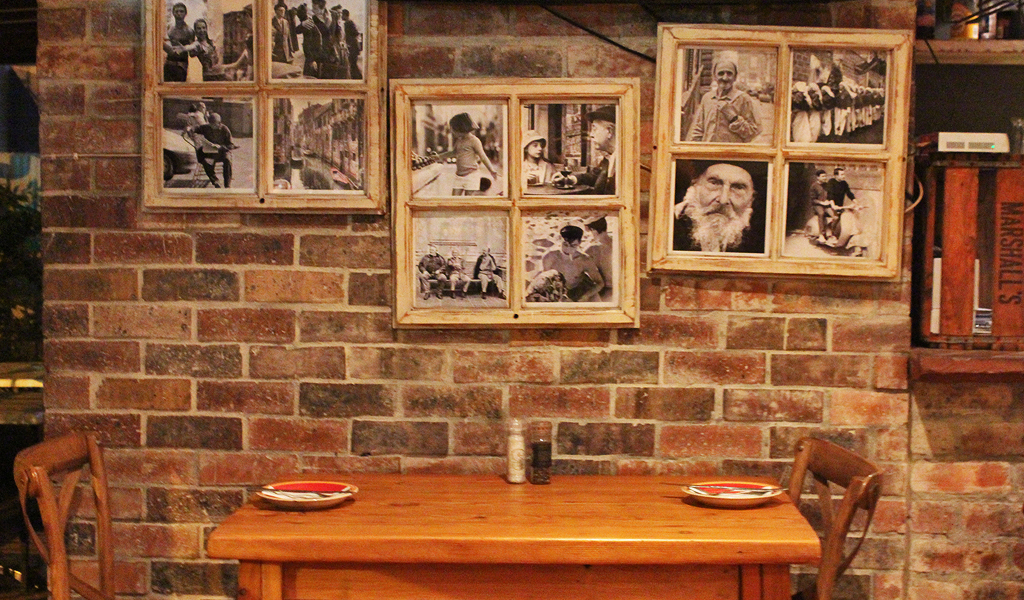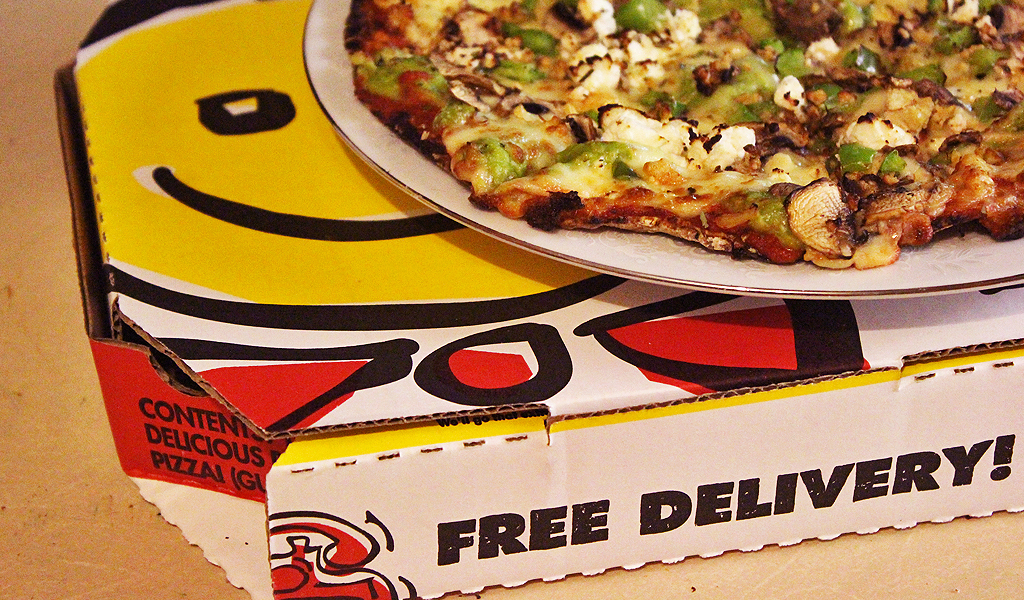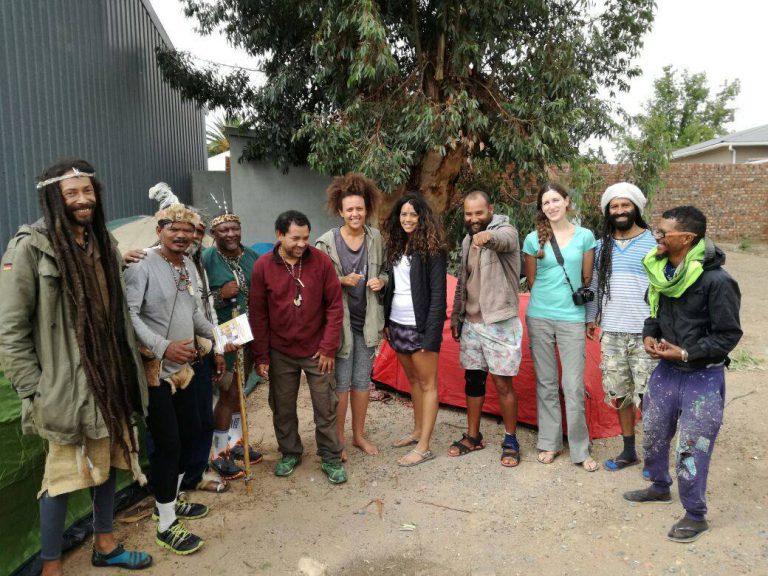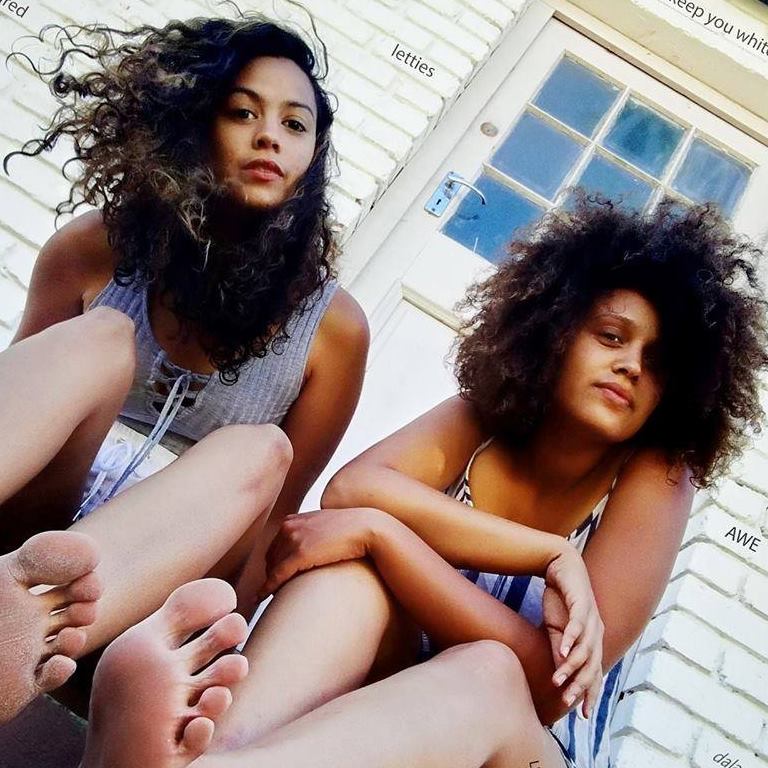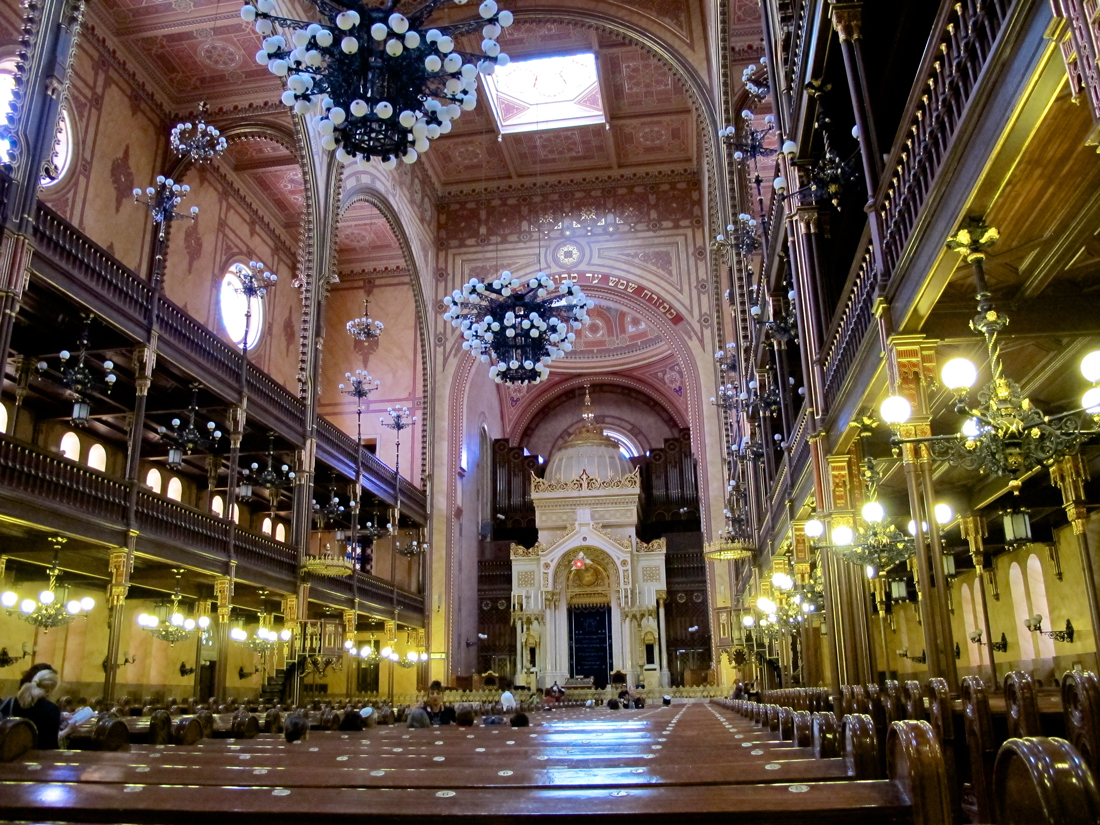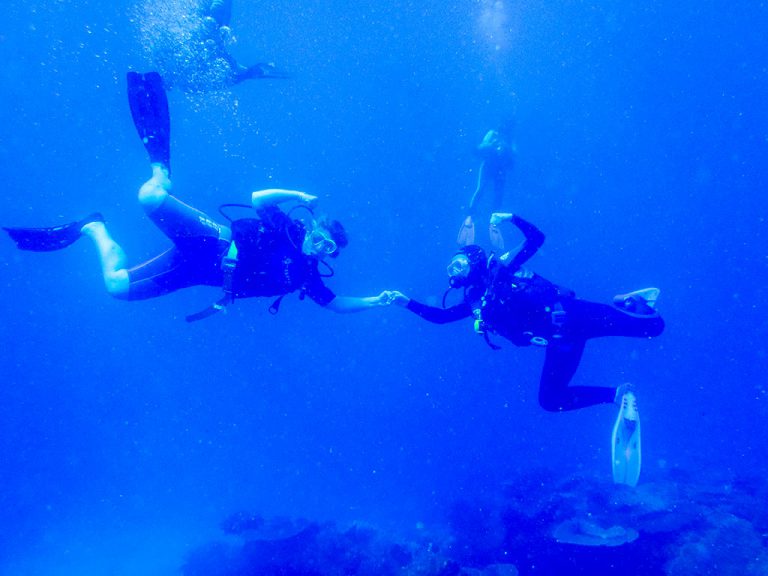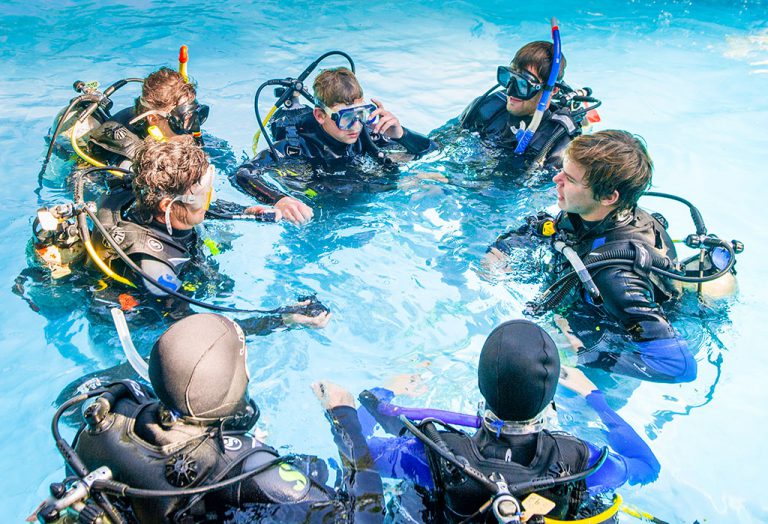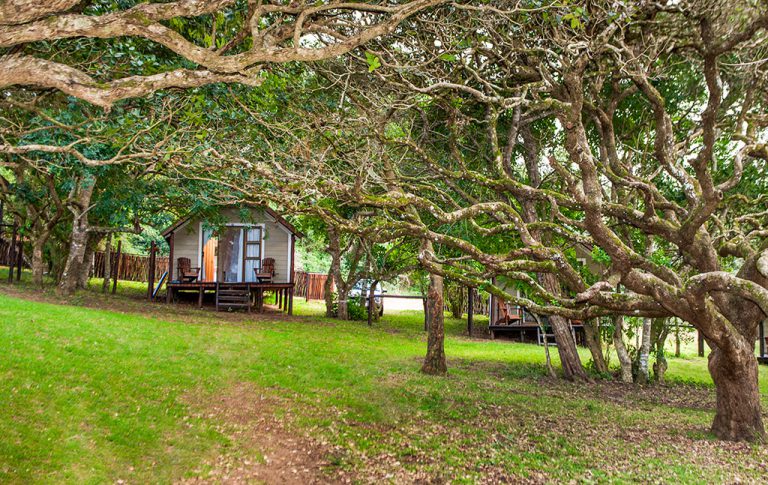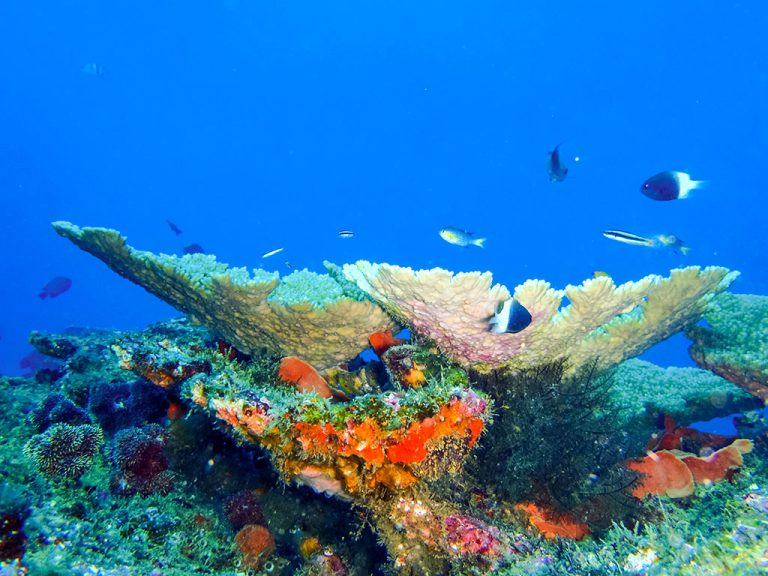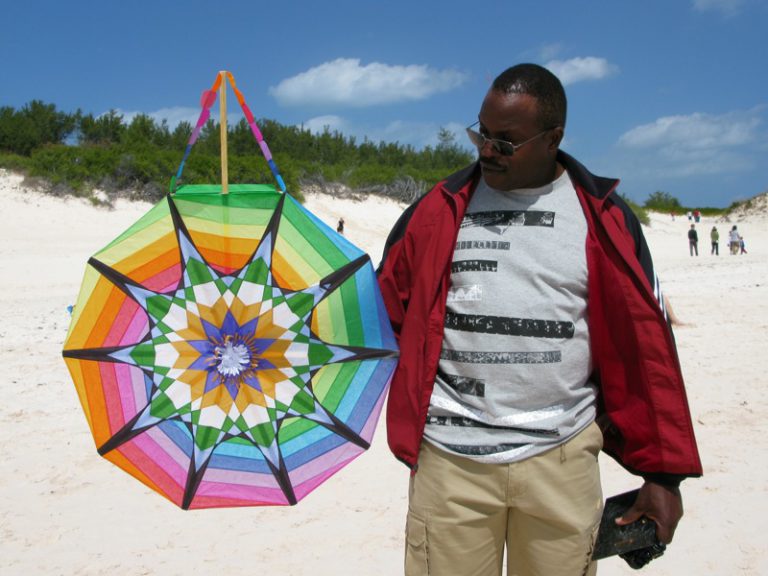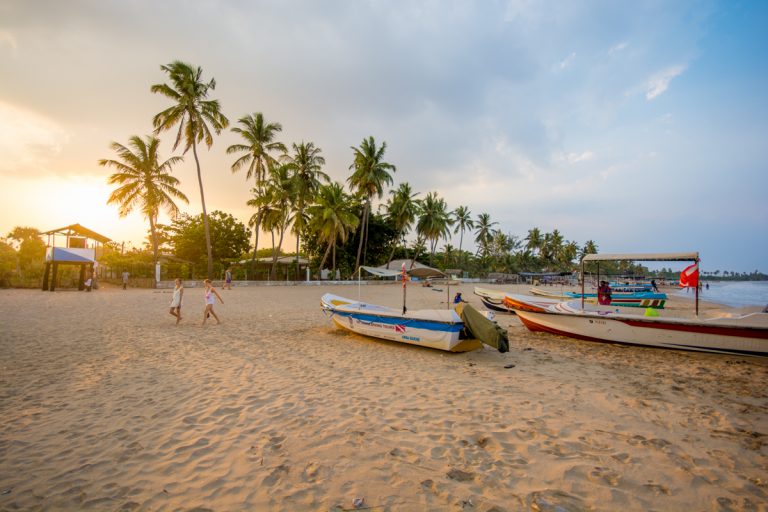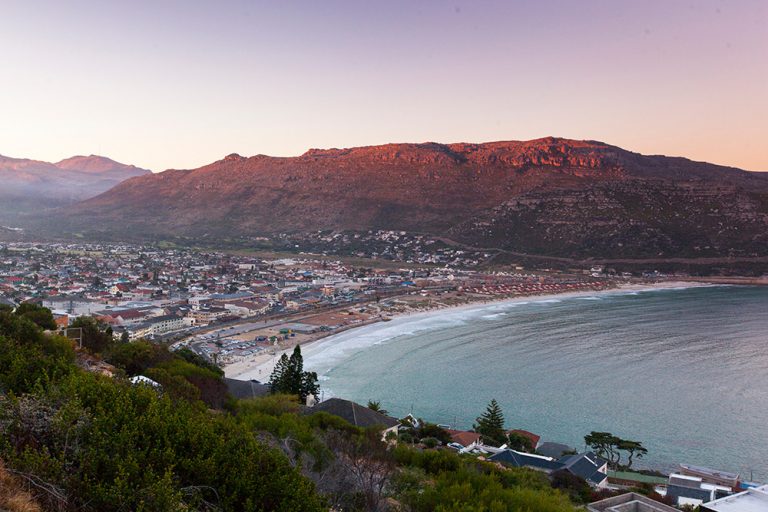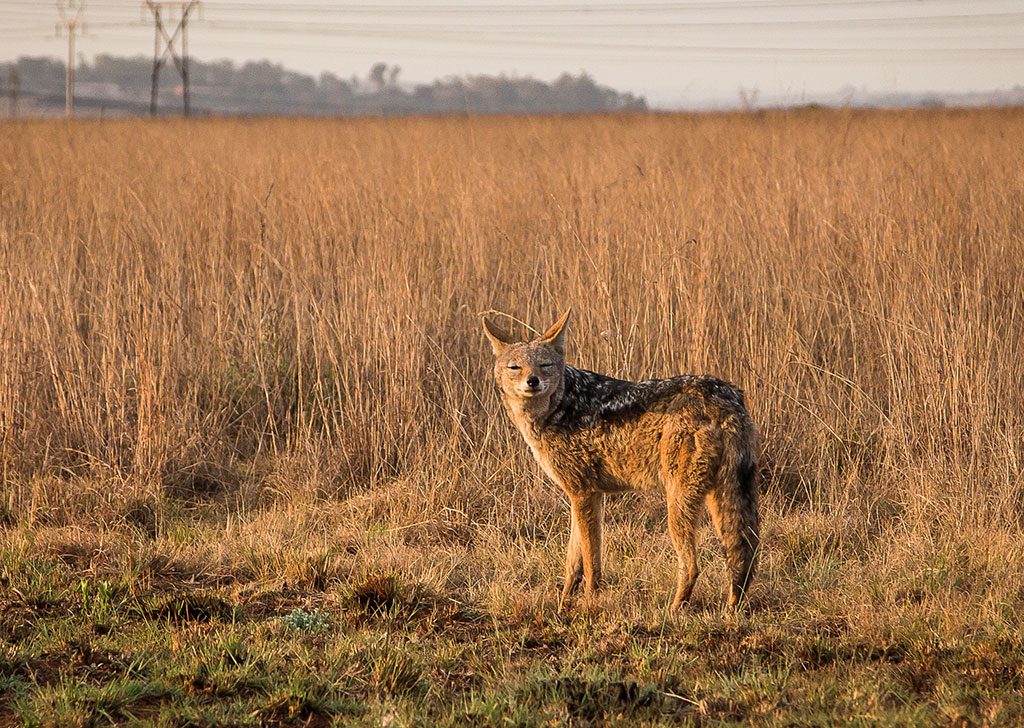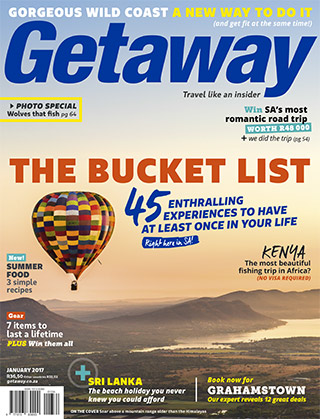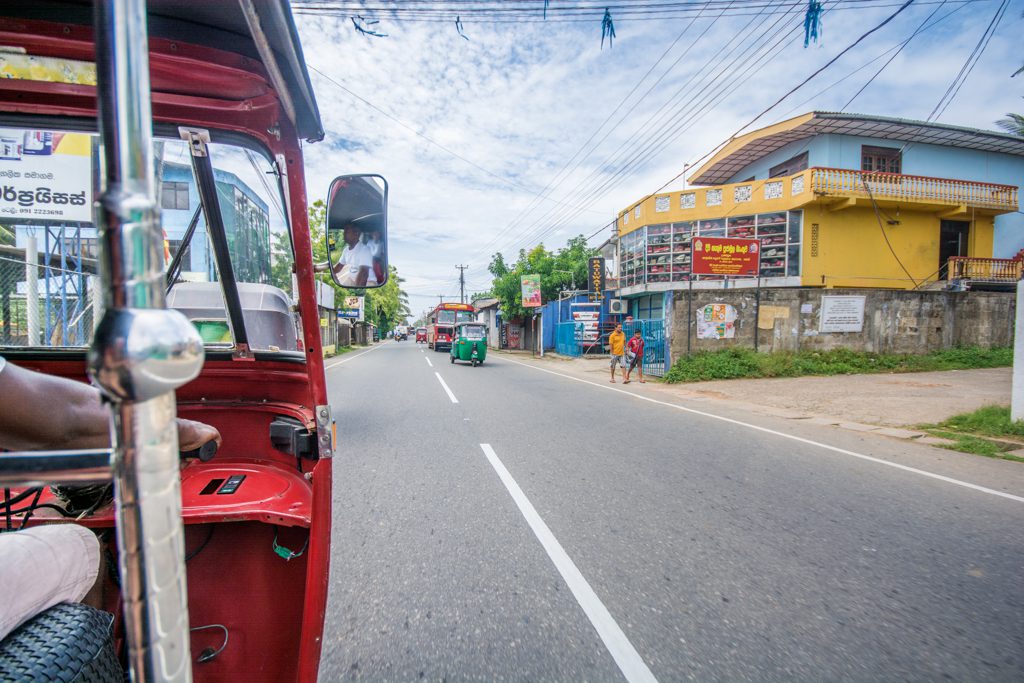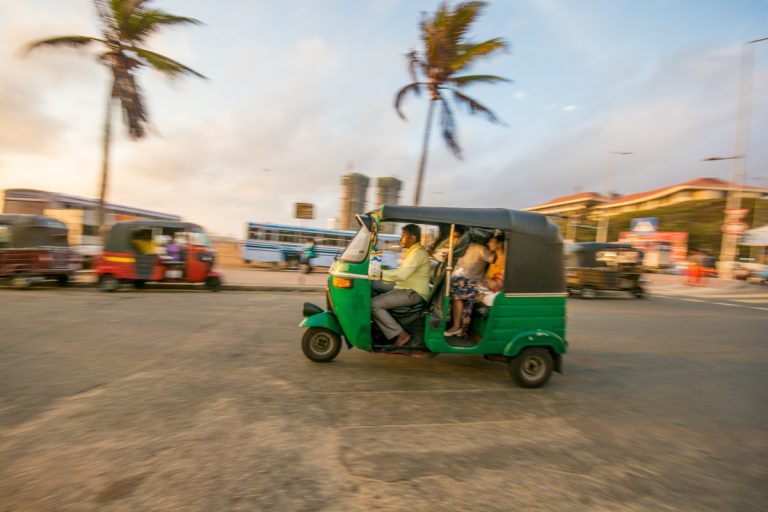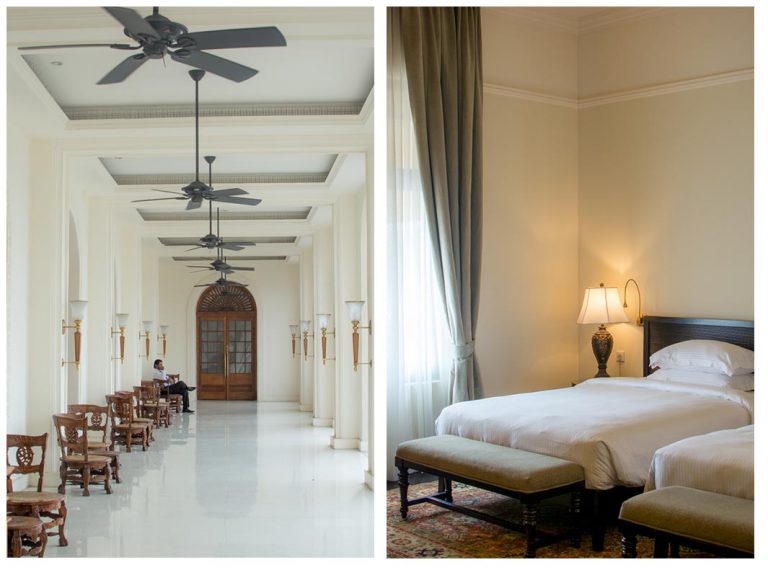![]()
A week touring Cornwall in a vintage Kombi with her husband and two teenagers delivered Pippa de Bruyn the happiest of holiday memories.
![Cornwall is the top surfing spot in the UK]()
Cornwall is the top surfing spot in the UK.
‘I’m not spending another night sleeping in a flapping plastic bag,’ Tom said the first night we took the kids camping. At least I think he said flapping; it was hard to hear above the gale-force wind tunnelling through the Bainskloof cliffs, the weight of our bodies the only thing anchoring our newly purchased tent to terra firma.
It wasn’t always thus – in the early days of our courtship we’d had a heady week camping wild in the Scottish Highlands, plunging into inky lochs and braaiing in fields of daffodils. Then there was the month travelling up through the Namib to Kaokoveld and east to the Caprivi, sleeping on the rooftop of the Toyota bakkie we’d crowdfunded with our wedding.
But the yen for solitary escape wilted with the arrival of a baby, sleep deprivation, bath-time routines and a crushing sense of responsibility. Camping in the wilds didn’t seem quite so much fun any more.
That’s not to say we didn’t try – there was that night in Bainskloof, and the time in England when our youngest manifested a pollen allergy in the tiny patch of shade we’d found amid the tall grass. The final straw was a jolly pa en kind kamp held on the school athletics field. When Tom returned dishevelled at 1am with a sleepy daughter over his shoulder, I knew the tent would never see the sun again.
![Simple pleasures: a book, some sunshine and a duvet on the lawn.]()
Simple pleasures: a book, some sunshine and a duvet on the lawn.
We had other fine family holidays and weekends away – of course we did – but in retrospect, far too few. One minute the kids were small and in awe of us and the magic of the natural world; the next they were rolling their eyes and making plans to trawl the mall. I should have put my foot down, should’ve slipped away on Friday afternoons, opened the hatch and escaped from the dreary demands of tidying rooms and packing away plates. But there was time enough, I thought.
Besides, I wanted the intimacy and can-do atmosphere of camping combined with a road trip – the landscape rolling past, unbidden thoughts and conversations bubbling to the surface, discovering each other in the airing of interests and troubles of our unconscious minds. One day we’d overland to Kenya, or head off across the States, just the four of us. I’d look into home schooling, research the routes.
I did nothing of the sort. I slipped into a kind of perverse laziness, one in which you work all the time – trying to make money, an impression, a legacy, I don’t know – while time contracts and 17 years later your daughter has a learner’s licence and you wake up rubbing your eyes like Sleeping Beauty, only without the beauty, blinking as you look around asking, ‘What the hell happened to the years?’
With those frayed apron strings dangling so loose, I started feeling by turns panicky and tearful. We had got to the point where we would soon play a small supporting role, largely financial, while our eldest headed into the sunset with her friends, preferably – she dropped hints so heavy they may as well have been lead – in a vintage Kombi.
!['Is it really difficult to drive?'asks the teenager with a learner's licence.]()
‘Is it really difficult to drive?’asks the teenager with a learner’s licence.
It was Tom who found it. He showed me the site late one night when I was whining about the fact that this July would be our last holiday with two dependent children: O’Connors Campers, a Devon-based company with a small fleet of vintage VW Kombis available for hire – even a few split-screens, the original Type 2 that first rolled off the Volkswagen factory floor in March 1950.
O’Connors’ camper vans were seriously cute and looked in mint condition. ‘Shiny Norma’ caught my eye first because she was the exact baby-pink hue favoured by our eldest. But Shiny Norma slept five in a double bed, single bunk and two canvas bunks. The prospect of sharing a 1,5 x 6m space with our two teenage daughters was daunting enough; the debate on who got which bed would be psychologist-fodder in years to come, and there was enough of that already. So we settled on buttercup-yellow ‘I Am Spartacus’.
Spartacus offered a double bed and a choice of four solid bunks in its roof space, a fridge, gas plate, oven, all the kitchen equipment you could possibly need, cheerful lemon-patterned curtains and even some polka-dot bunting. We typed in our dates, paid the deposit and I experienced that bizarre semi-vicarious rush when you think you’re doing something that’s best for your children, when in fact you are the child.
![Best breakfast ever (and a quick diary update)]()
Best breakfast ever (and a quick diary update)
Had the original designers known that their utilitarian Kombinationskraftwagen would be anthropomorphised by surfers, hippies and middle-aged mothers, they may have tried to put things together slightly differently, but looking at Spartacus’ button-black wheel-nose and headlight-eyes peeking out of his bright yellow face, I feel an overwhelming fondness for what will be both chariot and home for the next four days.
It’s a fairly lengthy process, the handover, but the sun is still shining when we finally set off from O’Connors’ workshop, bunting flapping, grinning at each other. Spartacus – tricky to corner and slow – does indeed come with everything bar the proverbial kitchen sink, like travelling in a neat little studio flat on wheels. But it’s when we pull into Henry’s Campsite that I know we’ve struck an alluvial stream far richer than any five-star lodge my job has on occasion introduced the family to.
While Henry’s offers a host of facilities – a tiny but impressively stocked shop, restaurant, informal theatre, four groovy showers, seven toilets, charging facilities, laundry, braai areas, braziers, wood, gas, electricity – it is really like camping in a large sprawling garden, with hedges and colourful flower beds and views of green hills rolling down to the sea.
Once parked in what is effectively our own mini-garden, we can’t see our neighbours and it’s hard to believe that Lizard village, with its pubs, shops, grocer, butcher, deli and fish ’n chips shop, is just a few minutes’ walk away. There’s a separate field where the pigs, chickens and goats live; ducks waddle past at feeding time.
It’s a combination of wild and cultivated, rural and village, but there’s also a tangible generosity: the next morning we pick up free-range eggs placed in recycled egg cartons. They’re left on a shelf for campers to help themselves, next to an honesty box in which to deposit money. Henry’s shop is more often than not unmanned; you are simply expected to let them know what you have taken and pay what you owe. And everything is cheap – from the daily charge of £11 per person to the fabulous pair of vintage shoes that miraculously fit our youngest perfectly, and cost (when we could find someone to tell us) the grand ransom of two quid.
![Walking the Cornish coast.]()
Walking the Cornish coast.
Ad-hoc music evenings are held free of charge, and the evening we arrive we are told that ‘Dan Chapman and his boys’ are performing. Once Tom and I set up camp – which simply meant angling Sparty to my satisfaction and opening a bottle of wine – we join the girls at the communal indoor firepit, where Chapman’s haunting voice is anointing the motley array of travellers perched on benches around the large bonfire. He ends with a rendition of Strange Fruit that none of us will ever forget, and we leave clutching his CD, ready to enjoy our own fire under a star-filled sky.
The next day we walk along the coastal path in a cleansing wind, then return to our little yellow home for breakfast in our garden. I feel happier than I have for years; the kind of happiness that recalibrates. A few days back Tom had accused me of being addicted to work. It angered me at the time, but for the first time in months I feel free, and my computer and phone remain untouched. We shower and shop and cook and play games and talk in this gentle, generous, beautiful place, and I feel alive and perfectly present in the relationships that familiarity can dull but are the most precious.
![There are plenty of places to catch your breath along the South West Coast Path.]()
There are plenty of places to catch your breath along the South West Coast Path.
We will be sad when we pack up to leave Henry’s, but this is a road trip so there are a few new adventures to look forward to. We will go to St Ives next, negotiating through the narrow lanes to see what the artists in Cornwall are producing. I will watch my eldest look wistfully at the kids lined up for a surfing lesson – another unrequited wish we both share, but I can still redeem for one of us – before setting off, now in heavy rain, for Loveland Farm. Here we will abandon our beloved Spartacus and sleep in one of Loveland’s big dry geo-tents; still together, the four of us in the one room, perhaps for the last time.
Again we will cook and eat and prepare for bed, and I will no longer ponder the loss of all that I could have done, the missed opportunities, the times I could have been the parent I wanted to be. For now, we are together, the sound of our breathing sending us to sleep, content in this single shared space.
![The quirky interior of Welcombe Pod at Loveland Farm]()
The quirky interior of Welcombe Pod at Loveland Farm.
Plan your trip
Getting to Cornwall
Flights to Heathrow start at around R7800 pp return ‒ we flew Ethiopian Airlines (ethiopianairlines.com). To get to O’Connors Campers in Devon, we took the Heathrow Express to Paddington (every 15 minutes) and then a train to Exeter St David. Here you can catch a bus to Okehampton town centre and arrange to be collected by O’Connors, or book a taxi to whip you there in comfort. Steve from CCabs charges R672 to transfer four people from Exeter St David to O’Connors. +447980451202, ccabs@hotmail.co.uk
When to go
The UK summer starts … well, sometimes it doesn’t start at all! June is best but there may be damp weather. I’d avoid the UK/European school holidays; in 2017, from around 20 July to the first week of September.
Hire
O’Connors Campers has a fleet of 16 vans that sleep two, four, five or six. There’s even a 1962 right-hand drive with a split- screen that hails from South Africa! oconnorscampers.co.uk.
Camperbug is a site that brings together van owners with potential hirers (like Airbnb), with vans and motorhomes located all over the UK, plus in Spain and France. camperbug.co.uk.
New Forest Safari Campers is another vintage Kombi specialist, based in Hampshire. newforestsafari.com
Cost
Rates vary depending on the van model, time of year and whether it’s a weekday, weekend or week booking. O’Connors charges from R7259 for four nights in a four-berth camper in June and R8695 in July. The price includes comprehensive insurance for the first driver (who must be over 25, and non-UK licence holders are insured for R44 per day), two bottles of camping gas, mains hook-up, cooking and catering equipment, an outdoor table and chairs, and unlimited mileage in Devon and Cornwall (it’s mandatory to stay in these regions so that O’Connors can reach you if anything goes wrong). Petrol costs around R18,76 per litre.
Need to know
The O’Connors website has an excellent guide to local favourite campsites, as well as suggested itineraries for couples and families with young kids or teens. O’Connors’ van collection slots (which must be pre-booked) are 2.30 ‒ 4pm and the handover (you’ll need a passport, proof of address and driver’s licence) takes about an hour. Then it’s 147km (two-and-a-half hours) from O’Connors to Henry’s.
What to do
Walk the coastal path. It’s a gentle two-and-a-half-hour round trip, with benches en route, from Henry’s to Lizard Point, then west along the scenic National Trust South West Coast Path to Kynance Cove, one of the prettiest in Cornwall. There’s a coffee shop here to break the journey.
Visit the Minack Theatre, a cliff- side outdoor theatre adjoining Porthcurno beach. Created in the 1930s by Rowena Cade and her gardener, it’s worth it for the spectacular setting alone. Entry R79 adults, R44 for under 15s. There is a programme of events in summer (shows cost extra). +441736810694, minack.com
Step back in time at Lanhydrock estate, a late-Victorian country house (showcasing the fascinating contrasts between life ‘upstairs’ and ‘below stairs’), surrounded by lovely gardens and woodlands. The family ticket is R555. +441208265200, nationaltrust.org.uk/lanhydrock
Visit Tate St Ives. An offshoot of London’s celebrated Tate Modern, showcasing the work of British artists with links to the local area. Admission is free. +441736796226, tate.org.uk
Where to stay
Henry’s Campsite is a family-run campsite in Lizard, a tiny village on the south coast of Cornwall, and one of the most creative you’ll encounter anywhere. R188 per person (R94 for under 18s). An electrical hook-up costs R68. +441326290596, henryscampsite.co.uk
Ayr Holiday Park in Cornwall (not one we stayed at) is a large, well- managed campsite within walking distance from bustling St Ives and its picture-perfect beach. R385 for the van, R87 per person (R44 for under 17s). +441736795855, ayrholidaypark.co.uk
Loveland Farm in Devon is a casual eco-campsite (compost toilets) with just six pitches. It also has five ‘pods’. The four of us stayed in Welcombe Pod; Popla is a good alternative for two, while Loveland Pod is great if you’re a bigger group (sleeps six). Pods cost R1733 for two plus R354 per extra adult or R177 per child. Pitching your own tent costs R171 per person. +441237441894, lovelandfarmcamping.co.uk
Can’t fly overseas right now? Here are similar options in South Africa
Classic Camper Hire rents out vintage Kombis (all 70s models), but the ‘old ladies’ are limited to an 800-kilometre radius around Cape Town (good for the Garden Route and West Coast). They’re equipped with a fridge, gas stove, bedding, table and chairs etc. R850 per day (cheaper for longer trips). classiccamperhire.biz
Lekker Camper’s Kombis are more recent models, fitted with stylish kitchens and quality beds, and come with add-on extras such as a solar-package option to run the fridge, lights and plug points, bikes, surfboards and tents. The vans can be delivered in the Cape Town area or picked up at all major airports in SA (surcharge may apply), and can be driven into Lesotho, Swaziland and possibly Namibia from 2017. From R1030 a day for four days (cheaper for longer than a week). lekkercamper.co.za
This story first appeared in the December 2016 issue of Getaway magazine.
Get this issue →
Our December issue features 5 awesome summer adventures in South Africa. On sale from 21 November.
This article,
Tour Cornwall with your family in a vintage Kombi, was originally posted on the Getaway Blog by
Pippa de Bruyn.


















